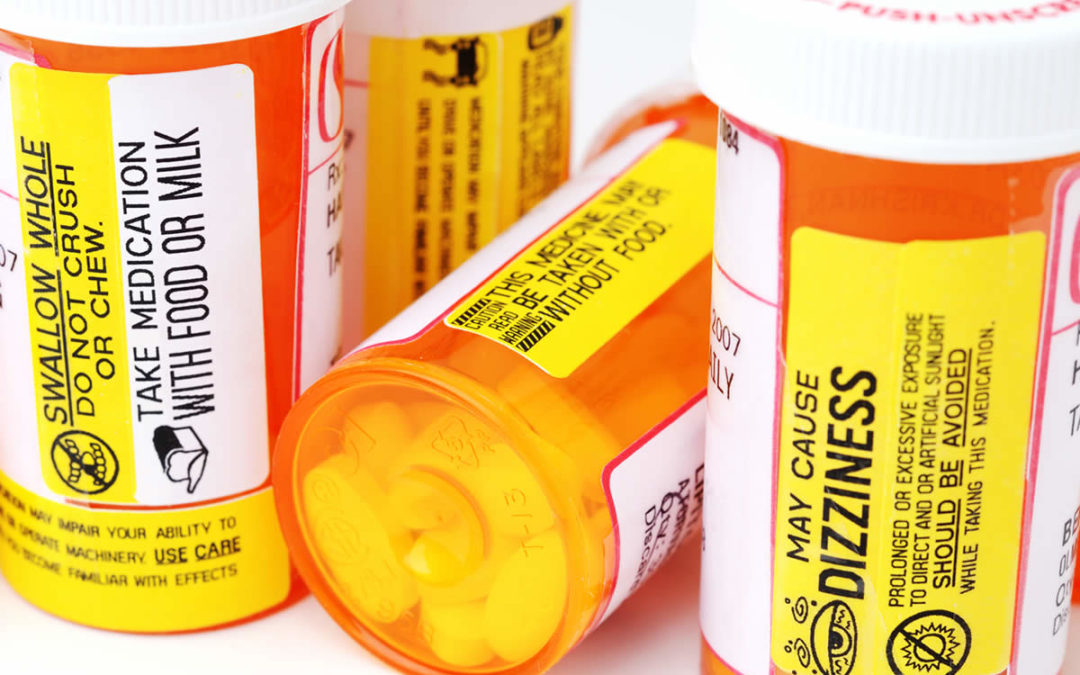Representative Feenstra and Meeks are joining forces to combat the opioid pandemic that has gravely impacted the United States.
Miller-Meeks joined with Representatives Lamb, Feenstra, and Spanberger to present the Rural Area Opioid Prevention Pilot Program Act.
“Rural America has been hit hard by the opioid epidemic for years, and Iowa is no exception. The COVID-19 pandemic only made things worse, and we need to be doing more to help those fighting addiction. The Rural Area Opioid Prevention Pilot Program Act is a step in the right direction to help rural communities combat this crisis. Helping Americans take on opioid abuse and addiction is a bipartisan issue, and I am proud to partner with my colleagues to find solutions to this problem,” said Rep. Miller-Meeks.
The latest bipartisan bill will take advantage of the U.S Department Of Justice’s Pilot Program and the Rural Responses to the Opioid Epidemic Initiative to provide resources to create community response programs in rural communities to reduce opioid overdose deaths. This new legislation will also provide new avenues for incarceration regarding cases dealing with opioids.
“I am honored to lead this bipartisan effort with Rep. Lamb. The promising pilot programs included in this bill are a critical step forward as we work to curb the opioid epidemic, taking a targeted approach and ensuring rural Americans suffering from addiction have the resources they need to recover and get a second chance. The COVID-19 pandemic has worsened opioid abuse, and it is important that we work to tackle this issue immediately,” explained Rep. Feenstra.
According to a recent Harvard University report,”There is compelling initial data—and more is going to come out—indicating that 2020 will be the worst year for opioid overdoses that we’ve ever had. It, unfortunately, looks like we have lost a lot of progress we had made on opioid overdoses in recent years because of the pandemic.”
The joint bill’s goal is to primarily reduce the number of opioid overdose deaths in ‘high risk’ rural communities while simultaneously promoting the understanding of patterns and characteristics of local opioid use.



